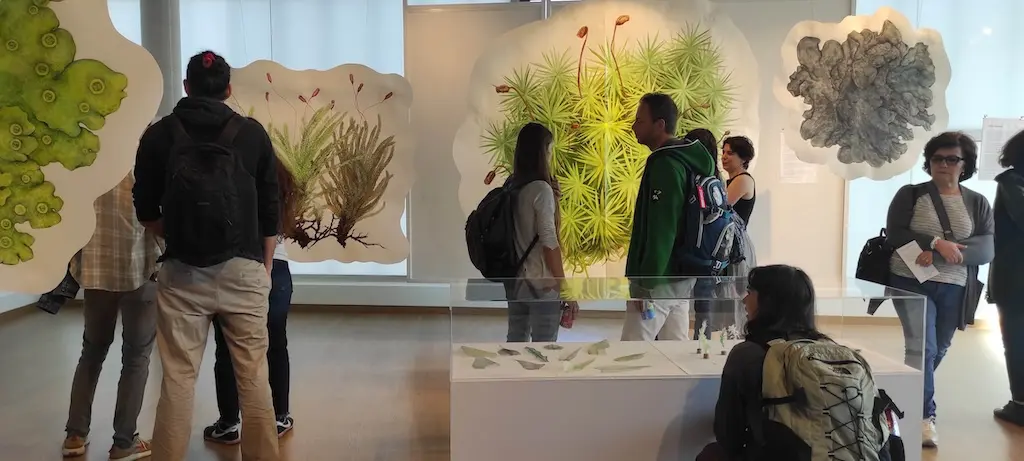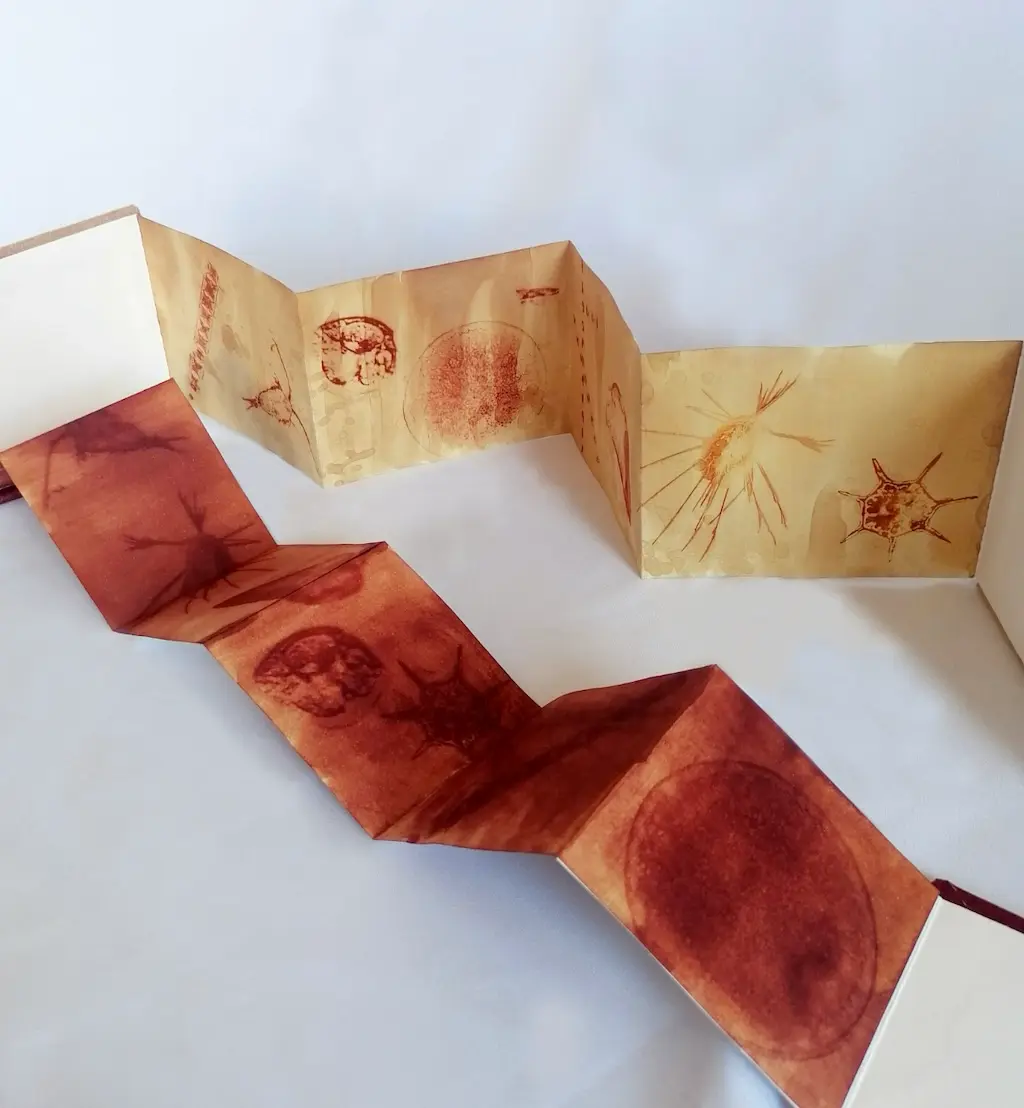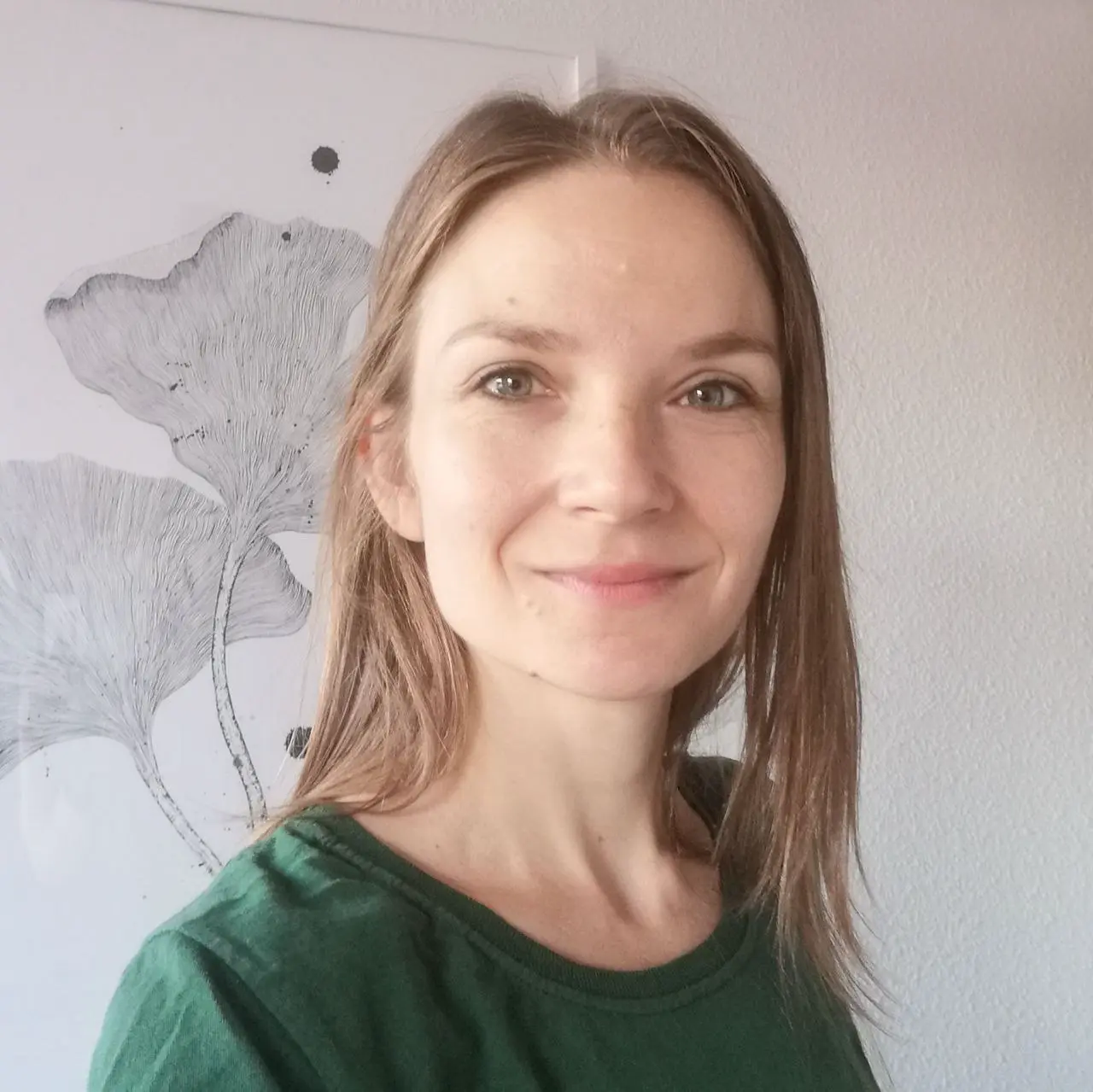Initial Motivation for Biofeedback Art
When did you start exploring the intersection of biological data and artistic expression? What sparked your interest in this field?
I have always been drawn to nature and its details, often inspired by close up views of microscopic organisms and plant structures. During my Master’s studies, I focused on the botanical world, and during my PhD, I began exploring art-science connections in greater depth, curious about the results that might emerge from joining the two fields. By the end of my studies, I started contacting scientists from different areas of biology, searching for collaborations for my personal projects. I was lucky to build deeper partnerships thanks to different residency programs that support this type or work and foster connections between artists and scientists. So far, I have developed collaborations with researchers in the fields of bryology, paleobotany and marine biology. I like implementing scientific methods and information into my artistic process, not only as inspiration but as an active material in the creation of my work.

Impact and Aspirations
Where would you like to see the greatest impact of your work? What specific outcomes or changes are you hoping to achieve through your projects in academia, industry or public?
I would like my work to help foster a deeper awareness of the interconnectedness between humans and the natural world. By combining art and science, I hope to create experiences that spark curiosity, make scientific knowledge more accessible to the general public, and inspire care for often overlooked elements of our ecosystems. My goal is to promote environmental responsibility through engaging exhibitions, artistic workshops and science communication. I also hope to encourage more interdisciplinary collaborations between artists and scientists, both within academia and in public contexts.

Future
Where do you see the field of biofeedback art research in the future?
I am hoping this field will continue developing through engaging more people and encouraging more collaborations between scientific and artistic research and practice. Social engagement plays an important role too, as it can encourage the audience to observe and discover nature from a different perspective. The potential of this collaborative and educational approach lies not only in the development of individual art projects, but also in its ability to provoke collective awareness of environmental challenges, foster curiosity and learning, and motivate people to take action.
